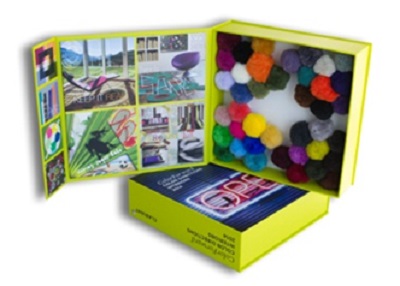 German chemical company Wacker AG announced on August 10 its new transparent, pourable, non-corrosive silicone encapsulant,
German chemical company Wacker AG announced on August 10 its new transparent, pourable, non-corrosive silicone encapsulant,
Elastosil Solar 2200, suitable for the solar industry.
Elastosil Solar 2200 is a two-component liquid silicone rubber which vulcanizes to form a transparent silicone elastomer. The silicone contains adhesion-promoting additives that ensure bonding to all substrates typically used in the manufacture of thin-film modules. As stated, it readily bonds to glass and flexible films made from a variety of materials including aluminum, polyethylene terephthalate (PET), polyethylene naphthalate (PEN) or activated ethylene tetrafluoroethylene copolymer (ETFE) without the need for a primer.
The rubber system has been formulated to provide a long pot life at room temperature, combined with rapid vulcanization when heat is applied, according to Wacker. The reactivity range of this new encapsulant allows module manufacturers to produce flexible modules cost-effectively using continuous roll-to-roll processing techniques, which are usually used in the textile and paper industry.
As said, this type of roll lamination permits application of the silicone encapsulant, feed of the front film and vulcanization of the silicone rubber to be performed in a single, continuous, automated process. Elastosil Solar 2200 may be applied to the film to be laminated with the aid of a doctor blade or transfer roller.
In its cured state, the silicone elastomer bonds the composite layers into a stable laminate and provides the thin-film modules with an effective moisture barrier, Wacker stated. Elastosil Solar 2200 is electrically insulating, permanently flexible across a temperature range from -50°C to +200°C and virtually chemically inert. Furthermore, the vulcanized silicone is resistant to weathering and UV radiation, so there is no risk of yellowing, and it does not release any corrosive substances.
Elastosil Solar 2200 is suited for laminating all types of flexible thin-film module, including organic solar cells or thin-film cells from compound semiconductors. Thin-film modules can be incorporated into the facade of buildings as attractive architectural elements and can also be used in textiles due to their inherent flexibility.
Source : www.adsalecprj.com




